-
Posts
268 -
Joined
-
Last visited
Content Type
Profiles
Forums
Gallery
Events
Posts posted by Jean-Pierre
-
-
Quite a few things have been done, and this log was quite difficult to find. I had to face a number of problems I had never encountered before.
First I had (have??) wood worms in my deck. I sprayed the whole ship 2 or 3 times (in- and outside) and look each morning anxiously if i don't notice any new wood dust heaps. Grrr...
Then I think I may be happy with my winch. I had previously made a couple of attempts you can see on one of the following pictures: One with a round drum, which i felt i would never succeed to make octogonal and then another attempt was made based on the kit parts, but that soon proved unfitted. I finally used a stick of square stock. The square hole were drilled round and then made square with a suitable nailhead. But then I made the wrong decision to cover it with a coat of matte varnish (old enamel range by Humbrol) and it all turned white. I used various ways to get a darker shade with the available materials, but Luckily, part of it will be covered by the anchor rope.
So far with some unexpected problems.
On this picture, you will find some of my trials and fails. First the City of Hoorn coat of arms: my first two examples were either uncentered or just too large. Then you have, clockwise, the rejected winch drums and flanges. Then a skylight which I built during my first build seesion, and which I don't remember where to put them. Then, on the left a rather successful attempt at better pumps, next to the kit pump. Then a roof which iss too large to be placed before the fore mast, and above these, two sets of winch bars, the small ones are way too small, and maybe the larger ones are in fact ... a little too large.
I have enlarged the pic to show the fairly ridiculous chains provided in the kit: no way for me to make anything solid with those rings. But I have noticed that these chains were (on paintings), much shorter than what the kits suggests you to do. See the end result.
I also made the various deck furniture pieces. I tried to make better staircases but failed. These are from the kit
Questions to 'specialists ':
I wanted my model to have 2 water pumps, 1 each side of the main mast: does that make more sense than just one of them. Problem: I have already built them both, but let authenticity prevail!
The majority of flutes pictured on the web do not have mast bands! I want to follow this trend (the easy way?): what do you think. And in this case, the mast probably was a one piece wood piece, probably pine ? Then there would be numerous wood knots visible, no?
Here are some pics of her actual status:
-
Marcus,
you are a honest modeller but you should learn to cheat a little: in my opinion it is much easier to use full length planks whenever possible, and afterwards, to indent the joints. Planks will no doubt need some lateral bending on your ship: difficult to get a fluid bend with shot planks with butt joints. Also if you wet the planks, consider that they may shrink when drying, thus opening some joints. On my model, I cut all 4 (or 5?) mm wide planks in 2 lengthwise, which gave a still acceptable plank width, and I used an Amati plank bender to give the dry planks their intricate shape. Adding the joints is then a very simple task: the planks will of course fit perfectly.
Happy modelling
Jean-Pierre
-
-
Thank you for your kind comments.
Jan, you are right about this kit's winch. It makes no sense. It should be said that this kit seems more aimed as a decoration item than as a historic replica and as such, she is beautiful. Still, for me, the model was interesting just because of the possibilities for improvement.
About the winch, here are 2 underwater pics of a flute's winch. Difficult to discern if they were taken backwards from the bow or otherwise. Anyway, after many clumsy trials with a piece of round dowel, then with the kit pieces, I finally used a square dowel that I made more or less octogonal
I would have made the winch from side to side, but then I would have had problems with the access to the forecastle, PLUS I still want to build a ship's boat and therefore need the winch to be as close as possible to the forecastle to have enough place for it.
Another question: I have seen on various models of Dutch ships a vertical pin rail along the mast, with 2 to 3 pins and a pulley there under. Should this replace the classic horizontal pin rail before each mast? See picture from the ship wreck.
-
OK, when I asked about the 17th century spelling of the word STER, I really did not mean to start a political crisis in the Netherlands😷 . I swear!! But thanks for the feedback anyway. By the way, I was told that the language (Nederlands) was called Nederdiets in those days, which remembers of its North Deutsch or Platdeutsch origin.
So that's settled I guess: I'll try very hard to correct the name plate on the ship into POOLSTERRE.
The kit is really an "open source" to the builder's imagination. Take for instance the fact that you have from many points a view to the inside structure. Unacceptable, and of course what would remain visible inside should be masked with matt black paint.
I am now about to install the deck furniture, starting with the winch. I include a picture of a winch built straight from the box, with the exception that the builder painted the flanges to cover up the plywood layers. I also had liked to include a picture of the winch found on a flute wreck, a most simplified example, but I cannot reduce the picture size on this Macbook. Sorry!
What bothers me on the kit winch are:
-the straight drums with grooves in it. Why these grooves? Shouldn't the drum be larger in its middle part? From a few other models, it seems that that the drum should extend from one side of the ship to the other one. The wreck seemed to have a round drum, not an octogonal one. Then the ratchet is ridiculously weak in the kit. But then, I have never seen a winch (other than in this kit), that is supported by an extension backwards: nice, but not correct. Also, it seems that the winch drum should be much lower to the deck. Any opinion?
The kit picture is from Mr. Onderwater's model.
- GrandpaPhil, G.L., ccoyle and 1 other
-
 4
4
-
First I am a native French speaker. But I happen to be lucky and know Dutch quite well, and certainly better than most Franch speaking persons. I also have worked in the Netherlands, and in Flanders, and have a fair understanding of a number of dialects
I was suspected that Poolsterre could have been the word in those days. I used to have some east Flemish friends, whom I managed to understand (at the cost of some headaches!) and yes, they still use the old word sterre.
Alas, as you may see, I already put the tiny name plate, on which I wrote POOL STER / Hoorn. I may try and be bold enough to change that. In the meantime, the last 2 letters ER have been accidentally blurred ( Could have been a night raid by the Great Dutch Grammar Wizard? ). We'll see and thanks for the research anyway.
So here are are some pictures of the ship I took yesterday with my cell phone. I did not care to have a pristine finish of the waterline, like on real ships of the time. I also added the anchor cables, which I made in the most rustic way by rolling 3 right twined cables from right to the left. I wanted to have a right twined cable, like it was in those days, at least for the thicker cables. I only had them (right twined in too small thicknesses.
- Ondras71, GrandpaPhil, Barbossa and 2 others
-
 5
5
-
... and some more. Next (stupid??) thing will be to attach the rudder. The kit includes material for 3 hinges (as on the original model in Rotterdam). Yet I am inclined to think that there usually were 5 (or even 6) of them). Then on my self made rudder (I did not like the shape and the profile) of the kit rudder) I reduced the cutouts for the hinges, which I had made way too large). The hinges themselves were made of some copper strips onto which I glued a layer of aluminium tape with embossed fake nails. The pins I glued to the hinges, having failed to solder them😚. I fear this will be a weak point of the model, but let's cross our fingers.
Then came the time to paint the lower hull. I did not find a "clean" way to achieve the blurred waterline like on the paintings, but I managed rather easily to reproduced the soft slope for and aft of it. The result is a sparkling white lower hull which, if I have the guts, I will tone down at a later stage.
Then came the fun part of this kit (and of any other period ship): the decoration. Now please bear in mind that this is a kit that dates , at least, from the early 1970's. when a close ressemblance to the original was less important than details that would impress a newbie. This explains the never seen before hinges on panels and gun ports, and also the strange stairs that run over the rear decks. These are spectacular enough, but are better forgotten I am afraid. Also the decoration of the kit is really rude, probably due to multiple re-use of the molds. Main figure on the rear is what looks like Adam and Eve walking hand in hand. A Dutch builder of this model had considered to name his model "the Paradise" but he wisely changed that as life on such a ship in Arctic waters would have been anything but heavenly. I decided first to reduce the width of the rear pannel a little to make it more "flute like". I also decided to make a simplified version of the star seen on the Rotterdam model (which I copied from a Jewish star found on the net) and cut out of plasticard. I also made a small name plate with of course, the name I had chosen, and the Dutch city of Hoorn. Some of the place left over I filled with a couple of landscape paintings of Hoorn in the 17th century, while the oval holes on the sides of the star have been turned into portraits of the owners (copied from portraits by Jacob Cats!)
About the "gold" seen on the decorations in the kit: I am pretty sure that no gold leaf was used on these ship, so I painted everything over in realistic colours. As this was too drab to my taste, I could not resist to make some highlights, with some gold enamel.
At last, I made the guildings at the bow, also painted in "natural" colours, with just a bit of gold showing.
Oh, let us not forget that i also made the chains. The plates in the kit are way too large. I reduced them to a width of 15mm and that is still a bit too large (12mm would be enough and ideal to cover with 3 x 4mm planks). The kit material for the chains had to be discarded. I used soft iron thread
instead . Here you see how the plates were reduced in width and the cutouts on their sides filled in
- dvm27 and GrandpaPhil
-
 2
2
-
- yvesvidal, ccoyle and GrandpaPhil
-
 3
3
-
Although this ship looked promising, I for some reason gave up this build 7 years ago. In the meantime, we moved from our house outside Brussels (where we had lived for 45 years) to a flat in the city, where place is obviously more restricted. That was a big issue not only for my built models (a painful selection had to be made), and also for the various tools and materials that had to be packed and stowed where room was available.
What happened up to now? Well, I must say that the level of craftmanship among the community of modellers has considerably increased, and I am amazed to see what you people now produce, and the level and quality of finishing they achieve. Congratulations to all of you.
Now my Dutch Whaler has recently be taken out of the mothballs. One has to find things to keep busy in this confined environment. The ship, as she had been stowed away, is a little more advanced than the last pics above. I now know that the expensive satin colored varnish I had bought at one of the local diy stores was **** (too glossy, and low tack masking tape would rip it off even after a few days drying time)
Also, I found that the gloss was unsuitable for a working ship like this. I brushed a layer of thoroughly mixed flat varnish from the same maker: no use. I finally used one of my last bottles of Humbrol enamel based flat varnish, after a wash of much diluted flat black. Looked finally good enough. That was just before the mothball hibernation.
Alas, in my former life, I had a helpful program called ACDsee which allowed for easy resizing of pictures, but in my new life, my Mac Book ,with standard programs does not offer that possibility, and the pics I took on my Galaxy S7 on the lowest resolution still are over 2 Mb and are not uploadable here. Sorry, but I'll first have to find a solution to this!
-
Although this ship looked promising, I for some reason gave up this build 7 years ago. In the meantime, we moved from our house outside Brussels (where we had lived for 45 years) to a flat in the city, where place is obviously more restricted. That was a big issue not only for my built models (a painful selection had to be made), and also for the various tools and materials that had to be packed and stowed where room was available.
What happened up to now? Well, I must say that the level of craftmanship among the community of modellers has considerably increased, and I am amazed to see what you people now produce, and the level and quality of finishing they achieve. Congratulations to all of you.
Now my Dutch Whaler has recently be taken out of the mothballs. One has to find things to keep busy in this confined environment. The ship, as she had been stowed away, is a little more advanced than the last pics above. I now know that the expensive satin colored varnish I had bought at one of the local diy stores was **** (too glossy, and low tack masking tape would rip it off even after a few days drying time)
Also, I found that the gloss was unsuitable for a working ship like this. I brushed a layer of thoroughly mixed flat varnish from the same maker: no use. I finally used one of my last bottles of Humbrol enamel based flat varnish, after a wash of much diluted flat black. Looked finally good enough. That was just before the mothball hibernation.
-
By the way, I think a flute was by no means a prestigious ship. Her building would most certainly be done with restricted budgets. So they would most probably try and use as much as possible of the available trees. Therefore they would accept the decks to be made of planks of various widths, and this can be seen on many contemporary replicas (Batavia, for instance). Now for obvious reasons, it is easier for a model wood supplier or model maker to offer all planks at standard widths (often too large!). It is also easier for the model builder to have all planks at the same width.
The length of planks, I suppose, would be defined by the necessity to have all butts fixed into bulkheads rather than have a standardized length. While 7,50 m certainly makes sense, I think that shorter planks would not have been discarded, and longer ones when possible would not be cut shorter. Any opinion?
One last point about planking. I noticed on various ships (ex. Hermione), paintings (carrack by Botticelli, if I remember well) that planks often were not a set of parallels running fore and aft, but that they were set to follow the ship's side where possible. I confess that this is what I did on my 'fluitschip'.
-
By the way, do you have the photo album of an excellent Zeehaen model at this address: https://www.modelships.de/Fluyt-Zeehaen/Fleute-Zeehaen.htm. ?
-
Doris, your sculpting talent is so impressive that you could help some manufacturers with sculptures (or their moulds) for their ship offerings. I am thinking for instance at Kolderstock Models from Holland, who provide some excellent and well known models of Dutch ships from the 17th century, but which are a little let down by their sculptures. Once again, their kits are great, but with the "Doris touch" they would be real wonders.
OK, just an idea...
-
Looks much better than your previous attempt. By the way, you may be interested by some pics of my own build of a flute (on this forum: see Dutch Whaler by Jean-Pierre: I tried to add the link, but the program keeps changing the address into an image of said build log)
You might be interested by the way I made the short bends at the stern.
Anyway, I strongly suggest that you also glue the battens to each other, which hugely reinforces the first planking.
-
-
I certainly look forward to your progress, Marcus. Your success in this project will be an outstanding achievement.
How did you get the information about Kolderstok preparing a flute ship? Great news indeed! Do you know this gentleman? He surely is filling a gap in the market, and his kits look fantastic, except for the sculptures, for which he himself admits that they can be improved.
A great idea for him would be to find an agreement with Doris (see build log Royal Katherine) to either have her make the moulds for his kits, or to allow her to market some aftermarket upgrade kits! Let's dream🙄
You know
-
I love this build log because of its subject and I hope this build will succeed. I find this type of ship deserves more attention from the community. There used to be 2 kits of ships of this type, one of them was the Derrflinger but the makers recently went out of business. And then there is the Baleinera Olandese by Sergal, which is based, I think, on a model from the Maritime Museum in Rotterdam.
Now, on the site of ship models from Recklinghausen, there is a series of pics from the Zeehaen, and for sure, she is a beautiful ship, and looks better than the two aforementioned models. Let me hope that one of the Dutch modellers who follow this thread would pass on the idea to Kolderstock models!!! And while I speak of Kolderstock, he really should contact Doris, the builder of the Royal Katherine, and ask her to make the moulds for his models.
Personnally, I have been building my interpretation of the Sergal model, based on the paintings of Dutch whalers at work. One of the tricks I used to help follow the intricate curves of the hull was to use narrower planks for the second planking. I made a simple jig to cut the 4mm planks in 2, as the 2mm resulting planks were much easier to bend laterally.
I wish you to succeed with this build.
- Landlubber Mike and mtaylor
-
 2
2
-
2 little ideas if I may.
I use to improve the look of the blocks simply by simulating the sheaves with a black pencil: easy and very effective.
Secondly, you may wish to check the rake of the mainmast. It looks like its 3 parts do not run completely parallel. This can be partly rectified by adjusting the tension of the rigging, but on the long term... ??
Btw, the overall look of your ship is terrific! Congratulation!
-
Anyway, let's hope they 'll be back soon.
I also know that their "main" activity is the radio controlled plastic hull ships, a field where they definitely were market leaders. But there again, there isn't much new to be seen.
- mtaylor, lmagna and thibaultron
-
 3
3
-
I'm afraid you are right. I suspect that they brought out a little too many models in a short period of time, some of which, although beautifully made, were rather uninteresting. It's a pity that HMS Surprise did not make it to the shelves, and now I suppose it's too late. A 74 gun ship would still be selling well though.
I think there might be some financial issues and that's too bad. They also ran an inquiry if I remember well, to know if their wood should be replaced with some better quality... and this may have induced some doubts about the quality of their current wood.
Anyw
- thibaultron, lmagna and mtaylor
-
 3
3
-
Congratulations. This is a very nice build indeed. A President to be looked at with respect!
-
-
-



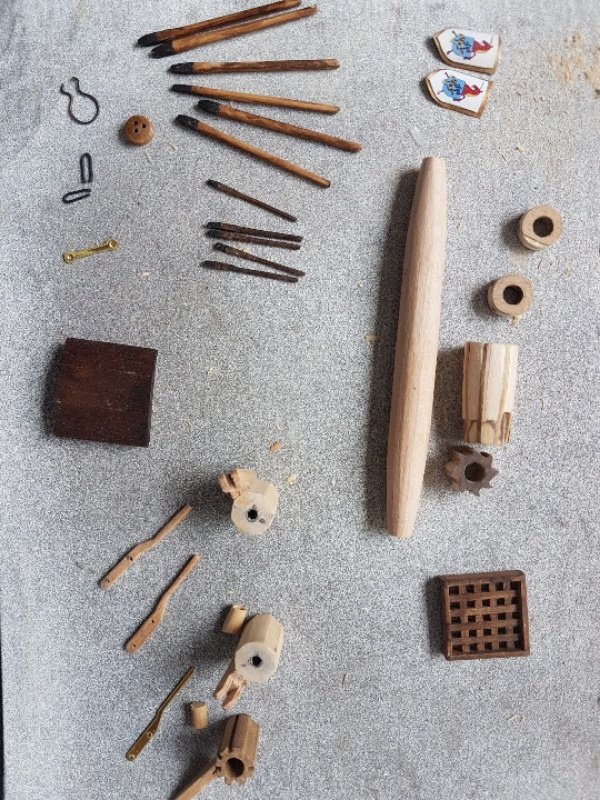
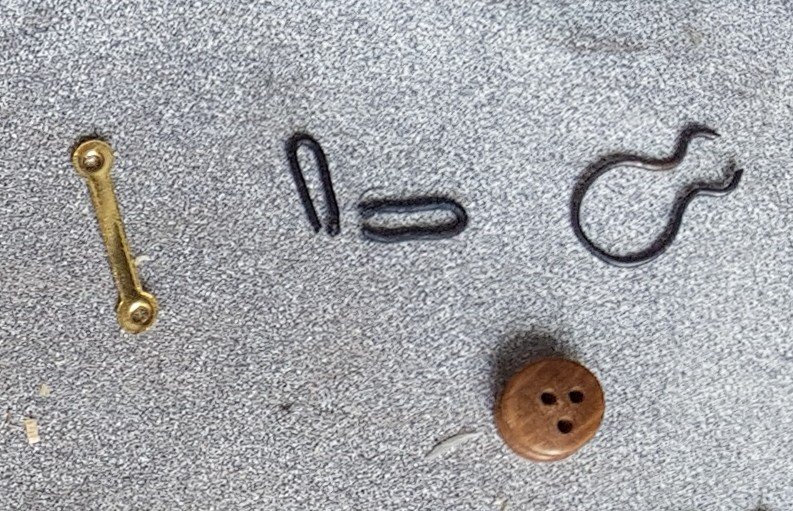
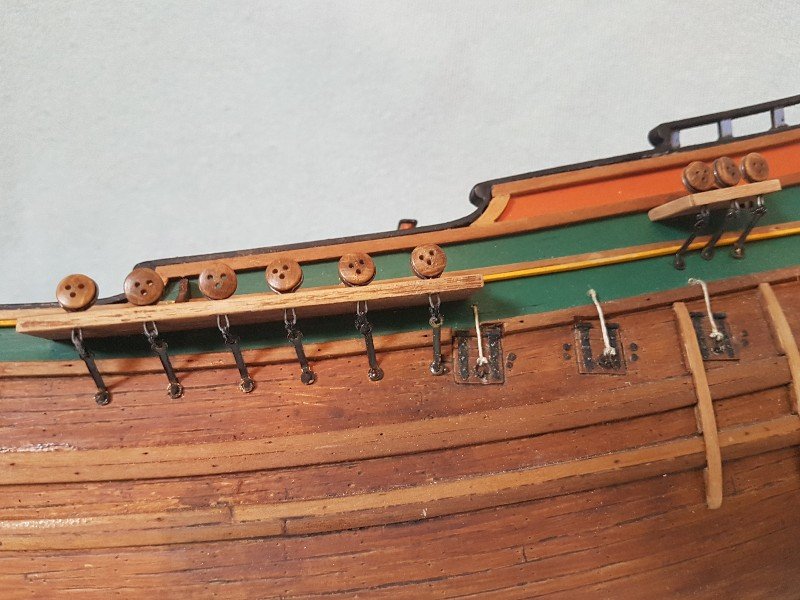

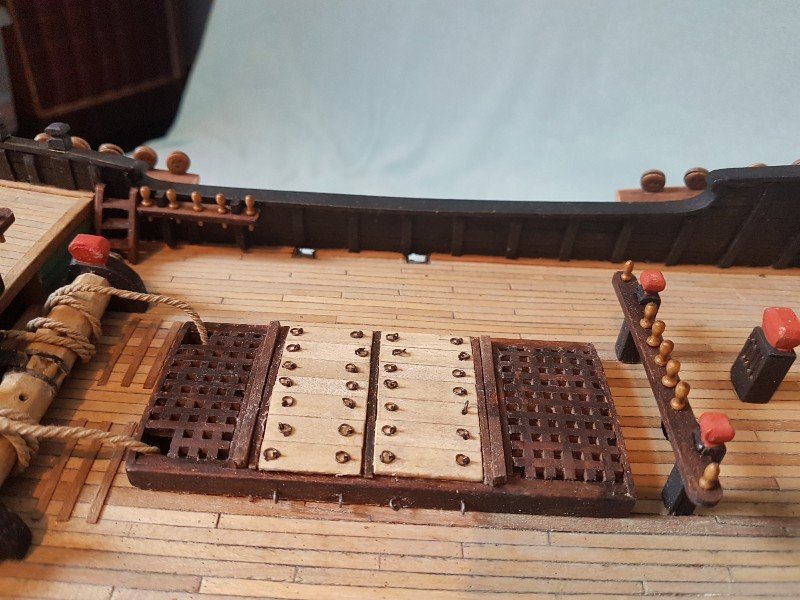

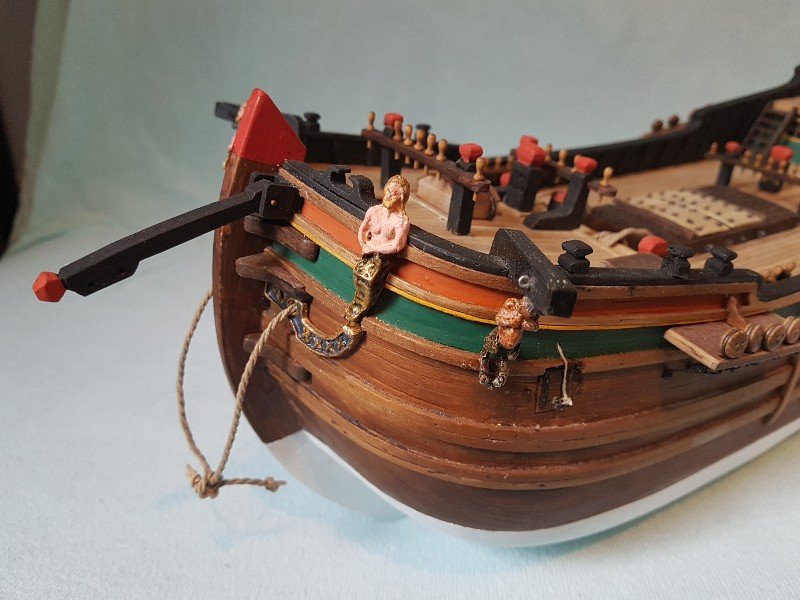
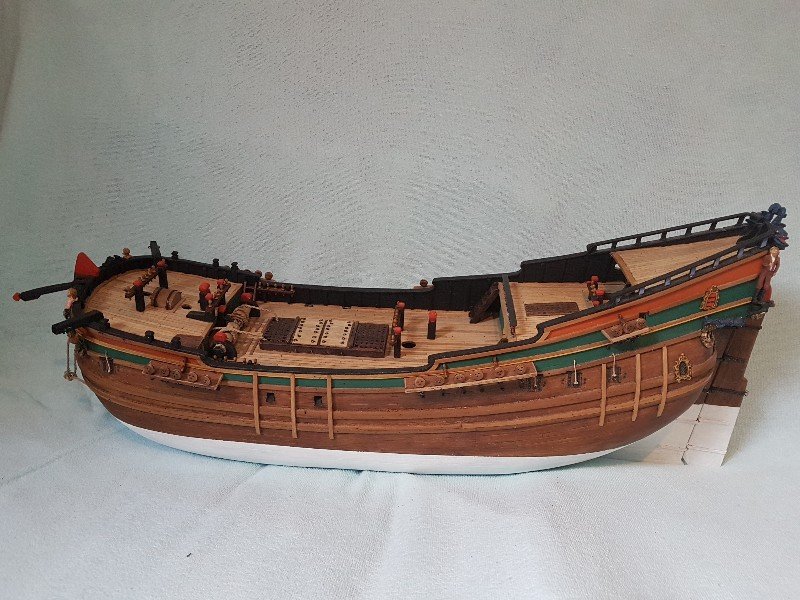
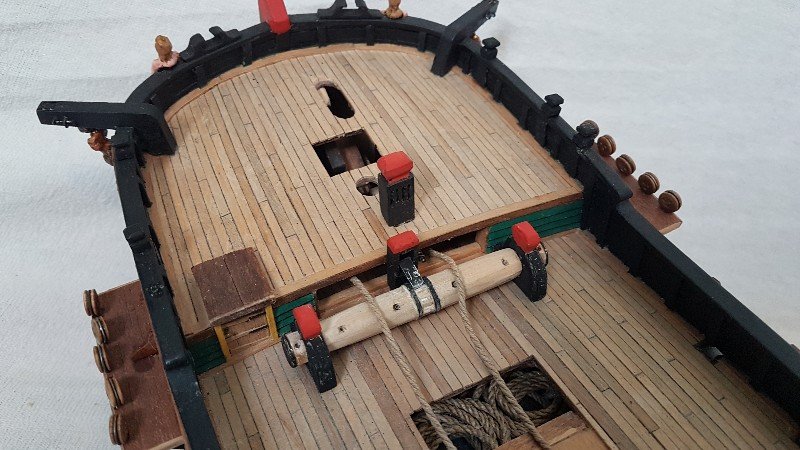
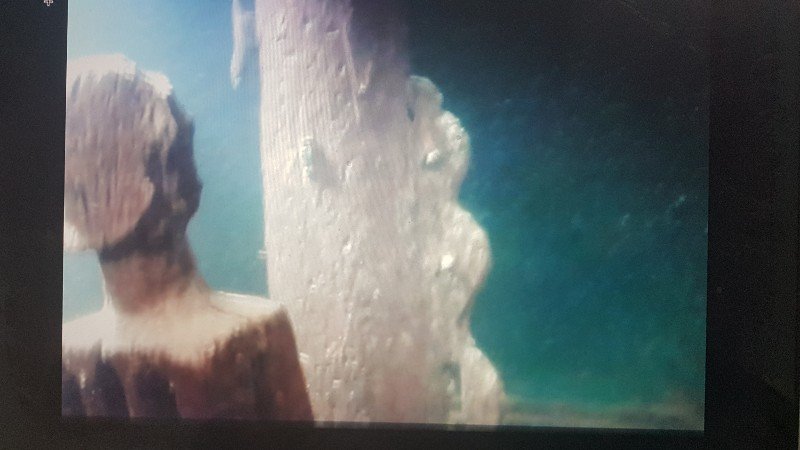
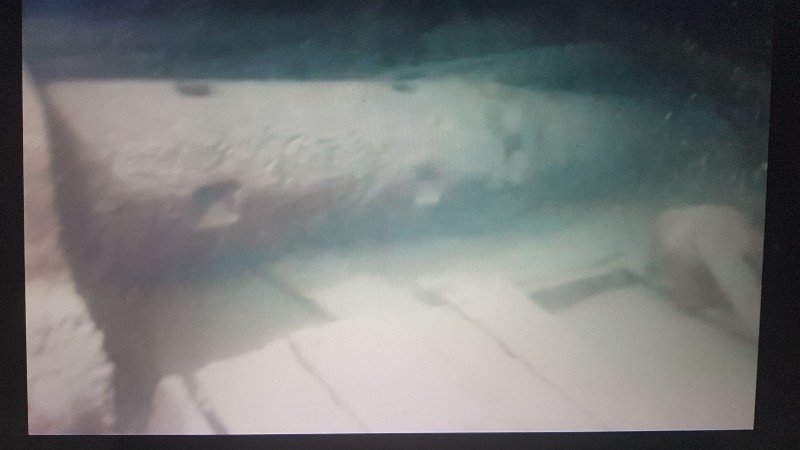
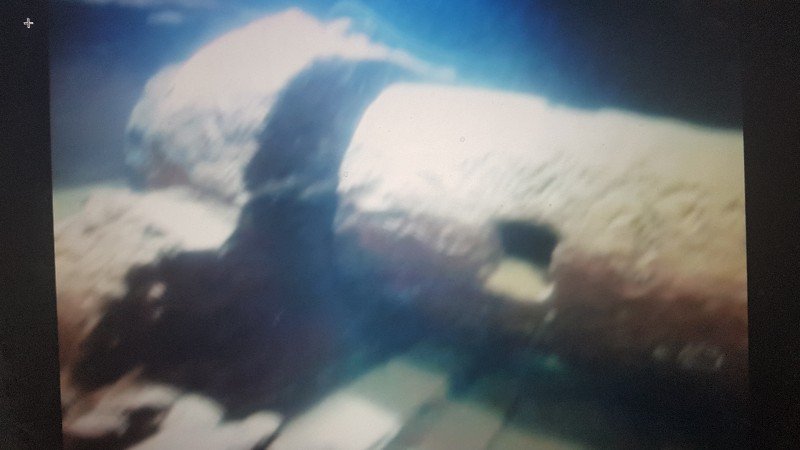
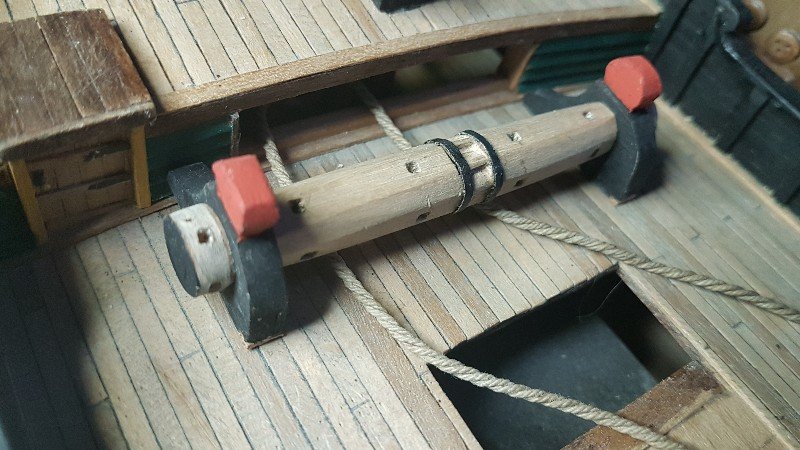
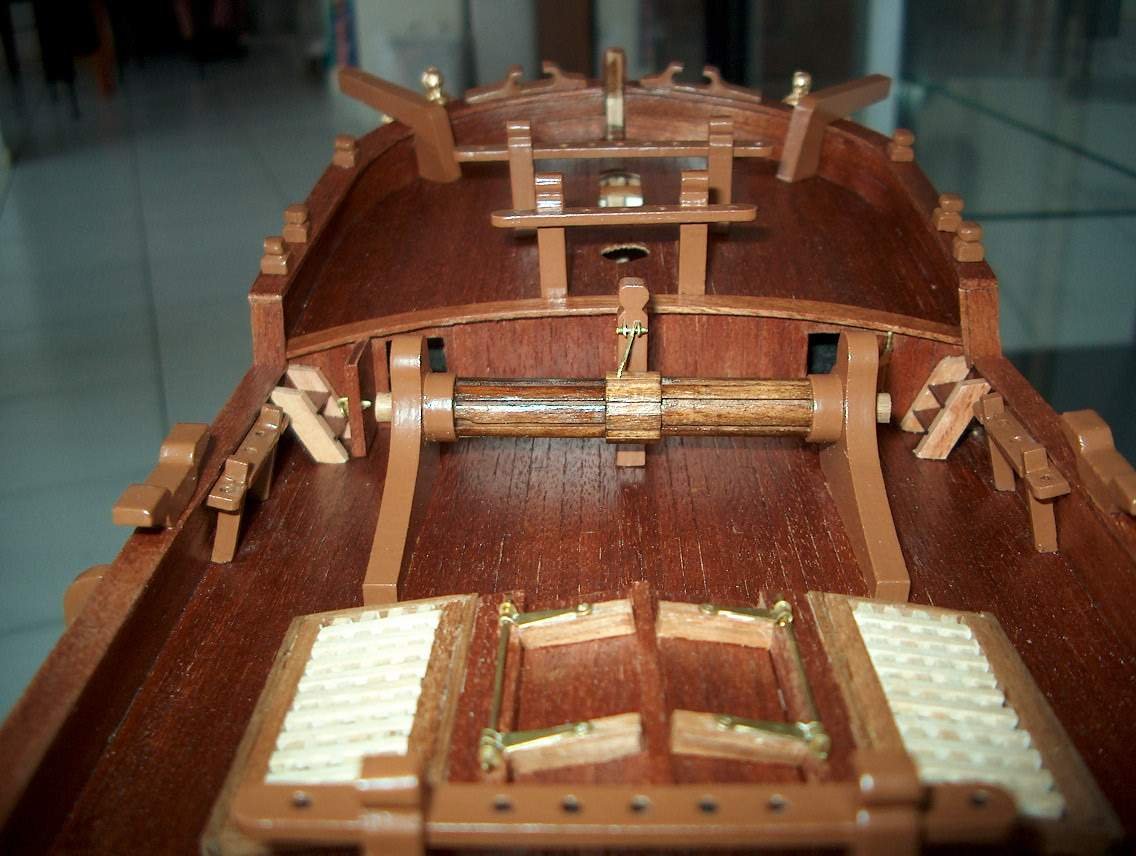
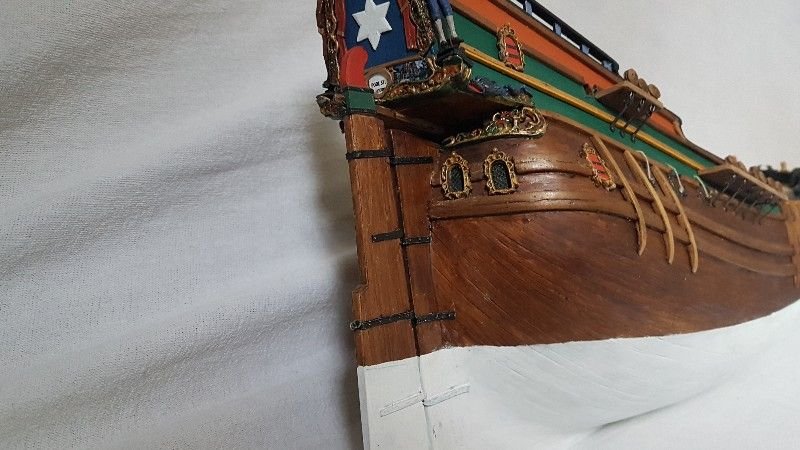
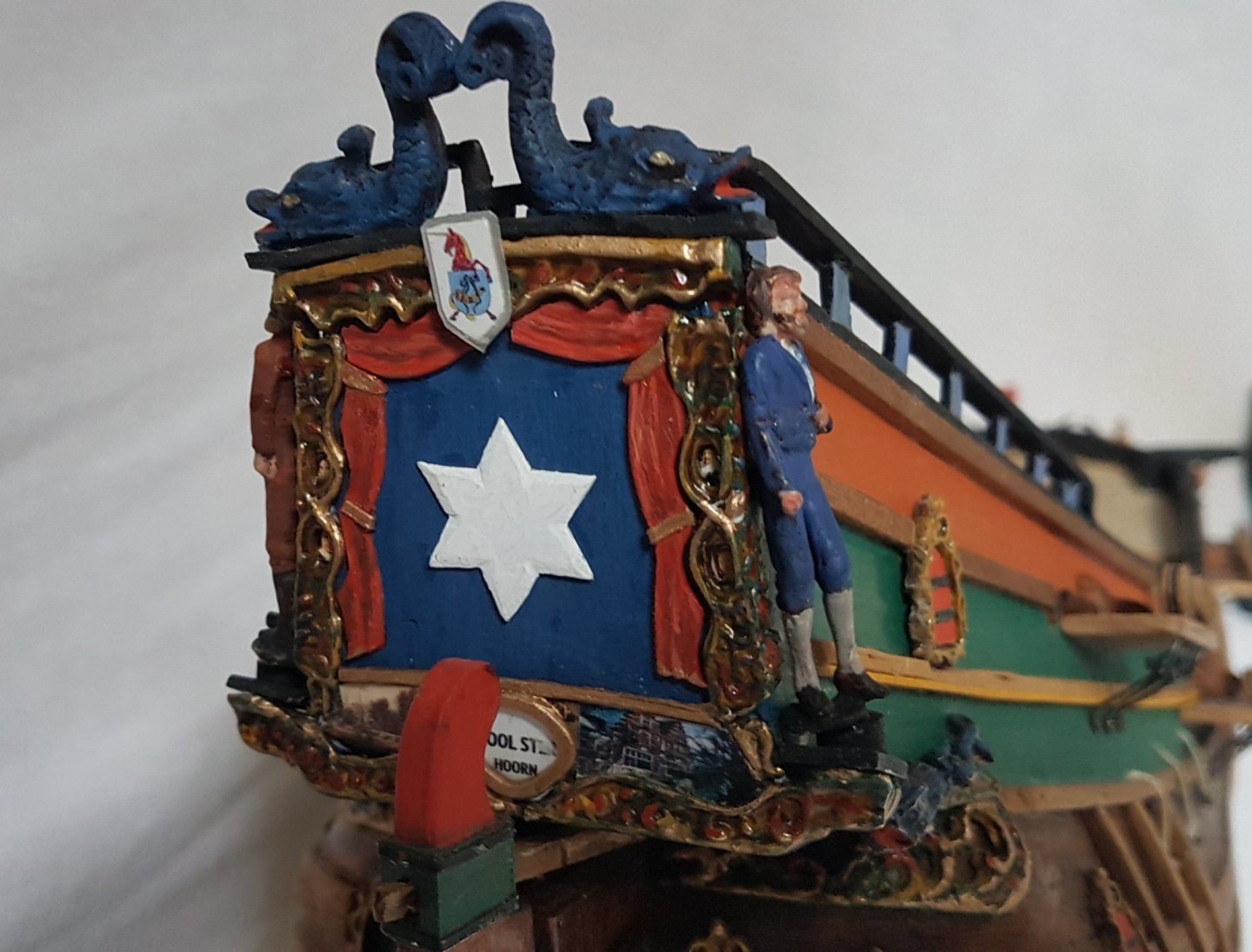
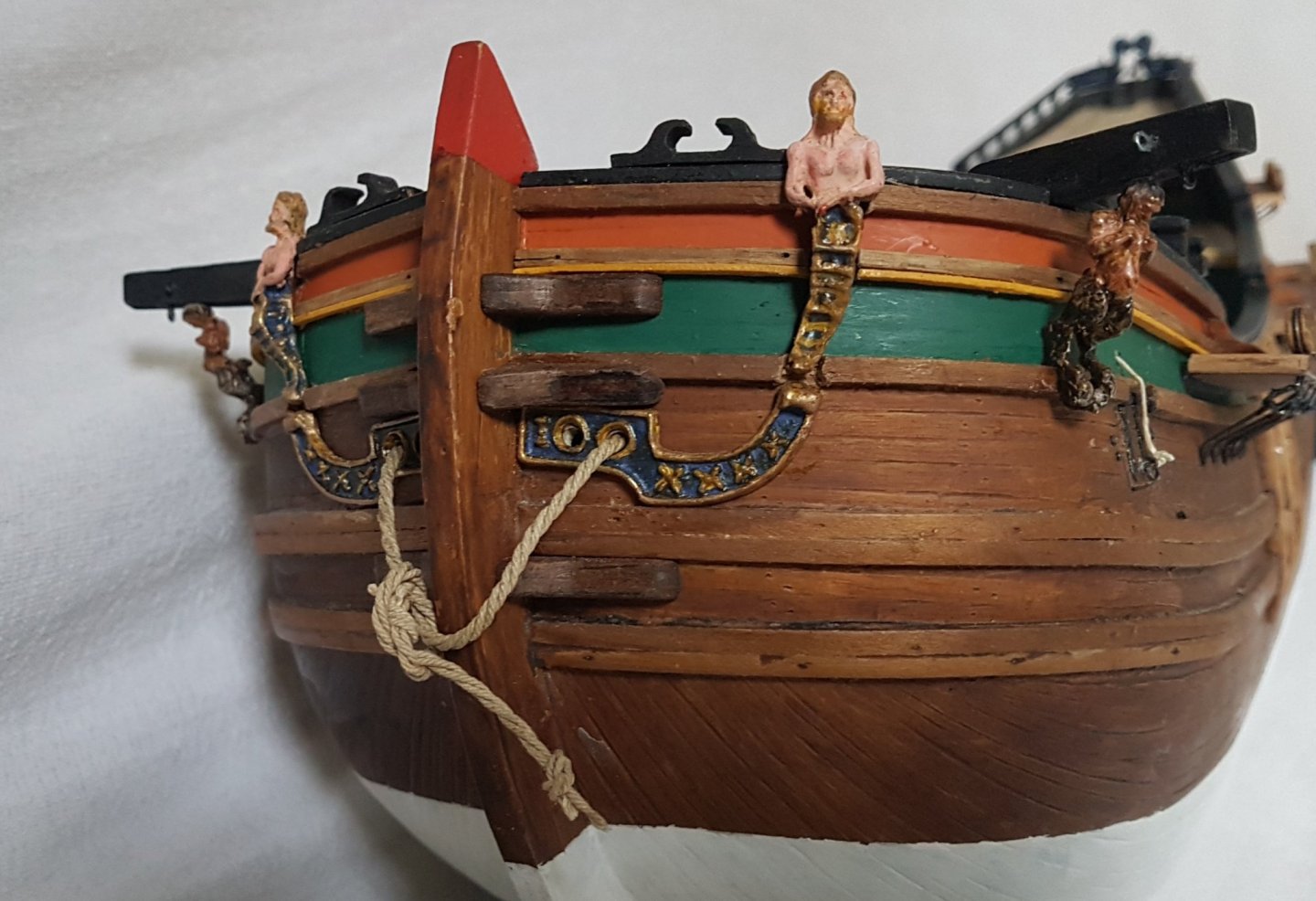
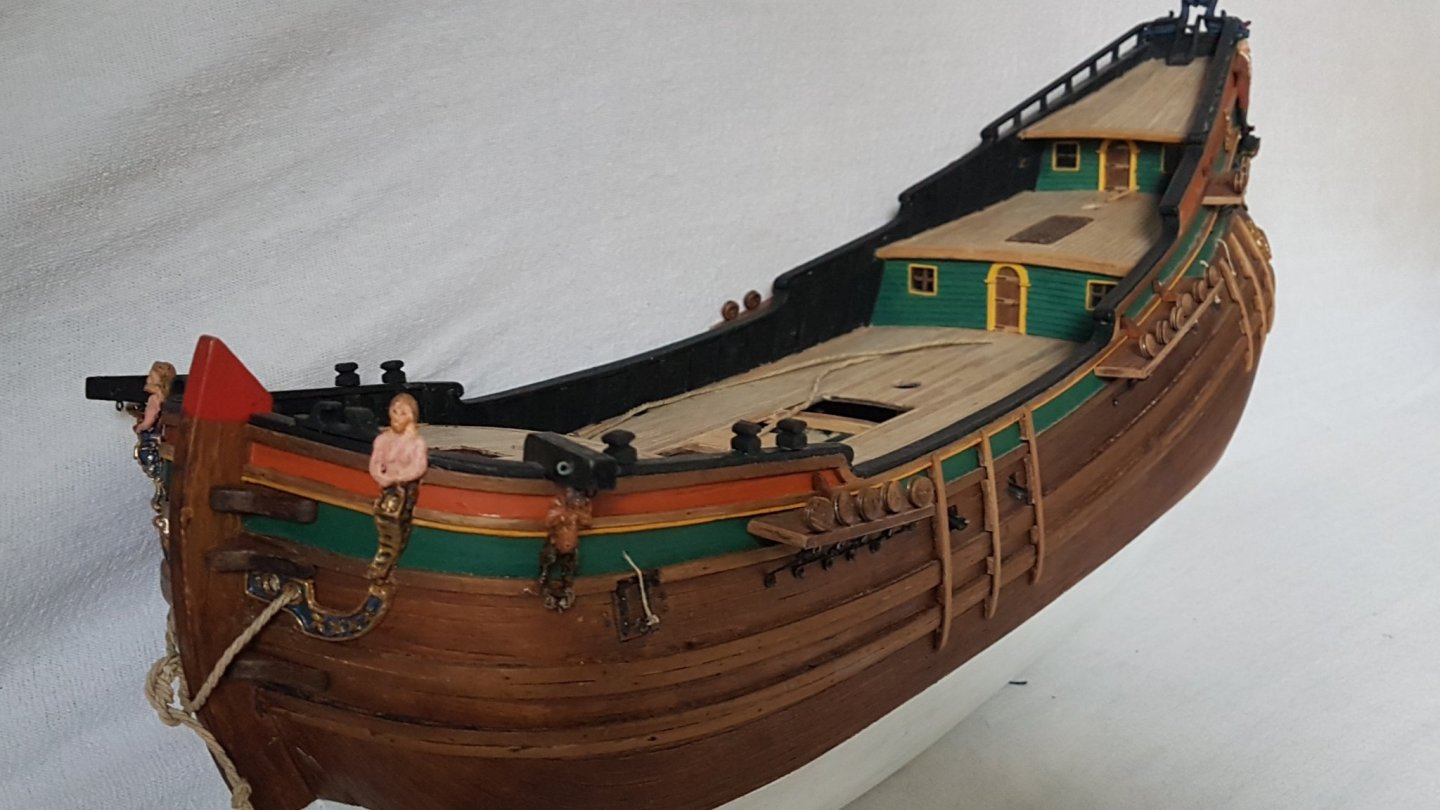
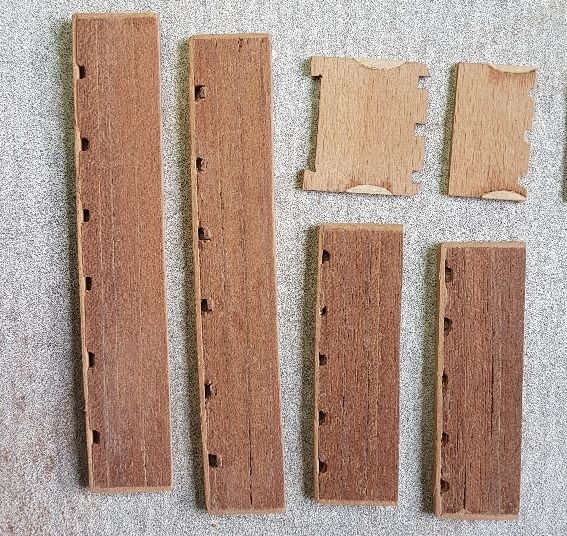
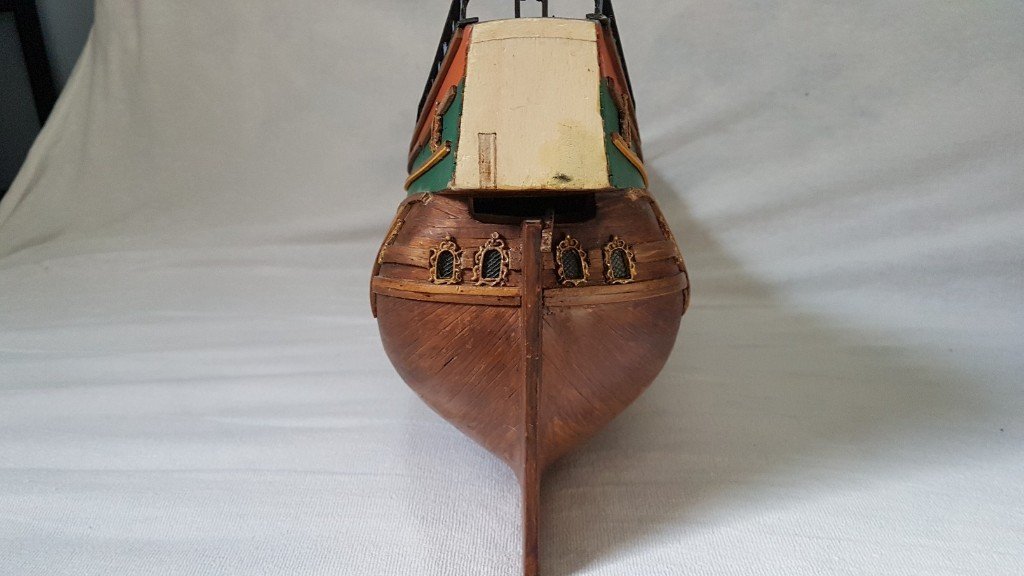
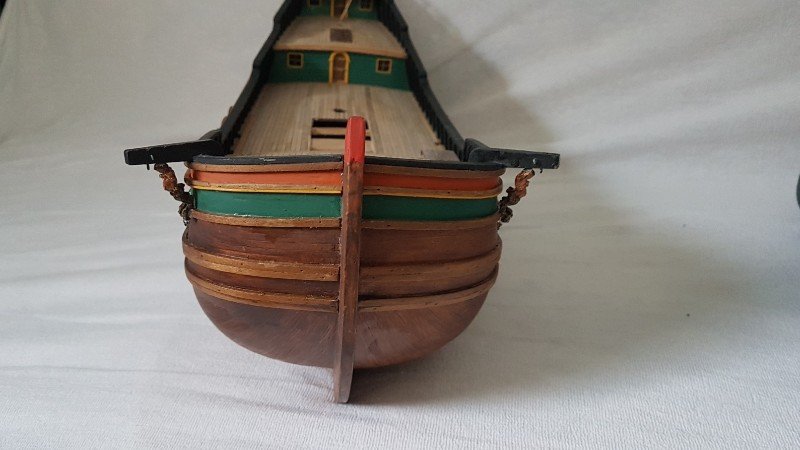
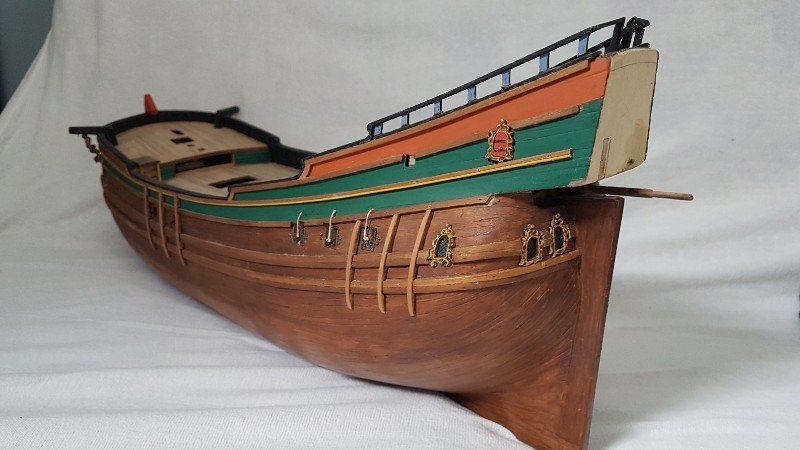
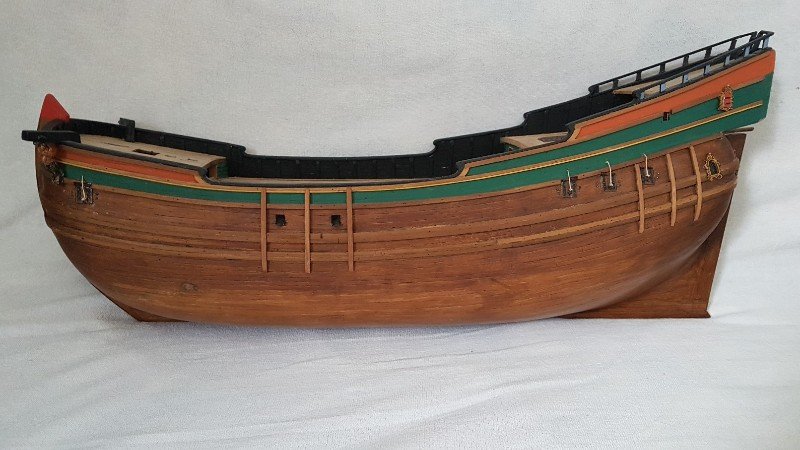
Dutch Whaler by Jean-Pierre - Sergal - modified 17th century flute
in - Kit build logs for subjects built from 1501 - 1750
Posted
Thanks for your reply, Marcus. Alas, in the meantime, I had built with success, a PAIR of pumps, and I could not resist to glue them on both sides of the mainmast. I suppose that the 2nd pump would also be on the main deck?